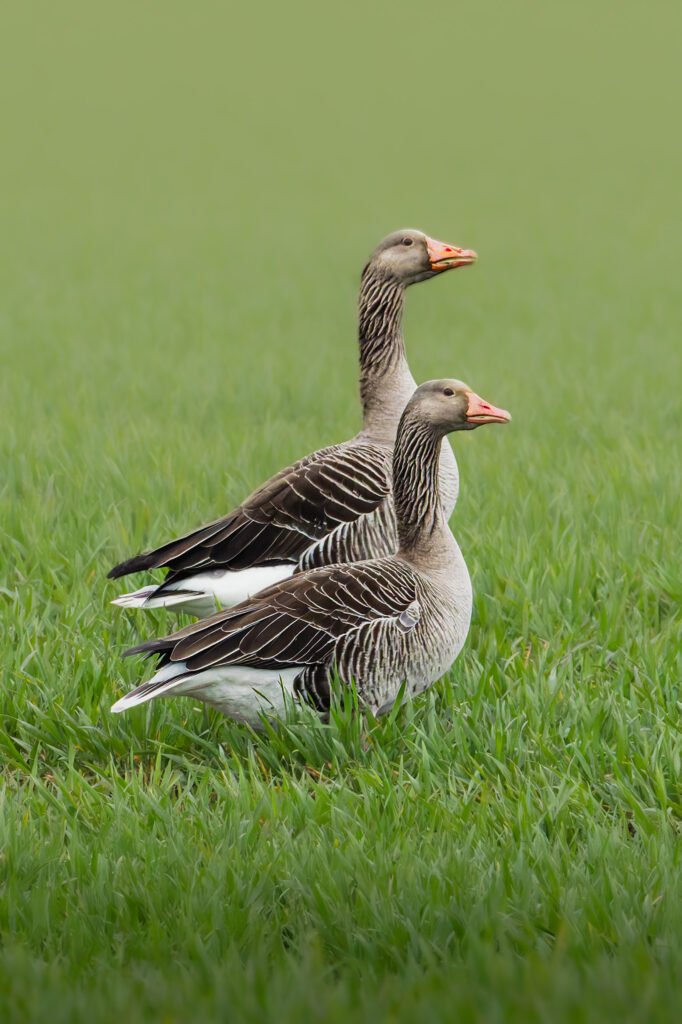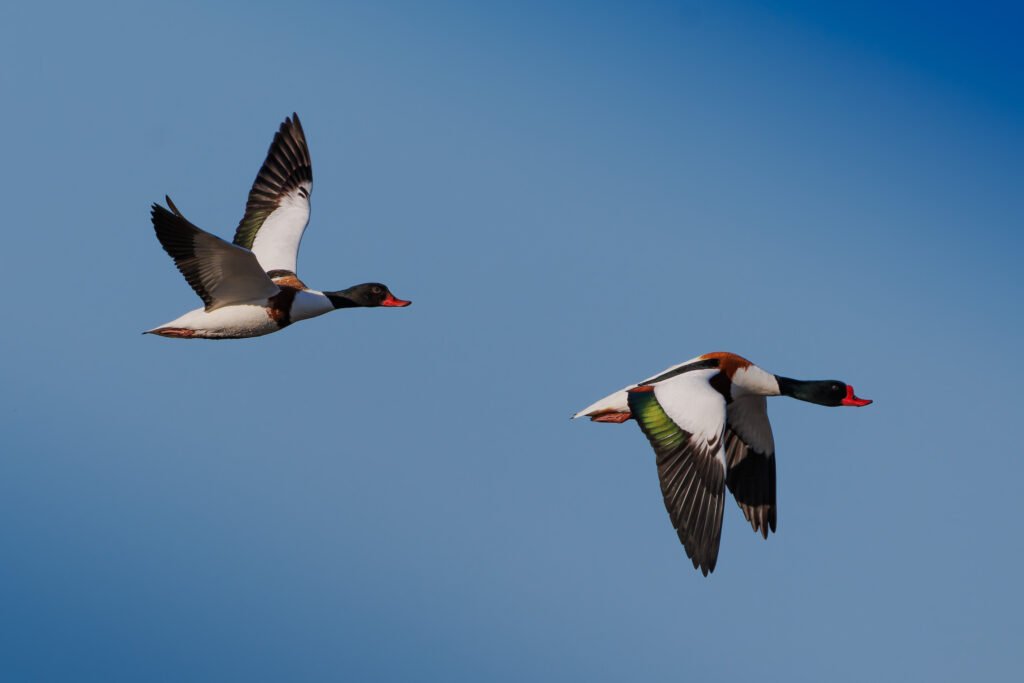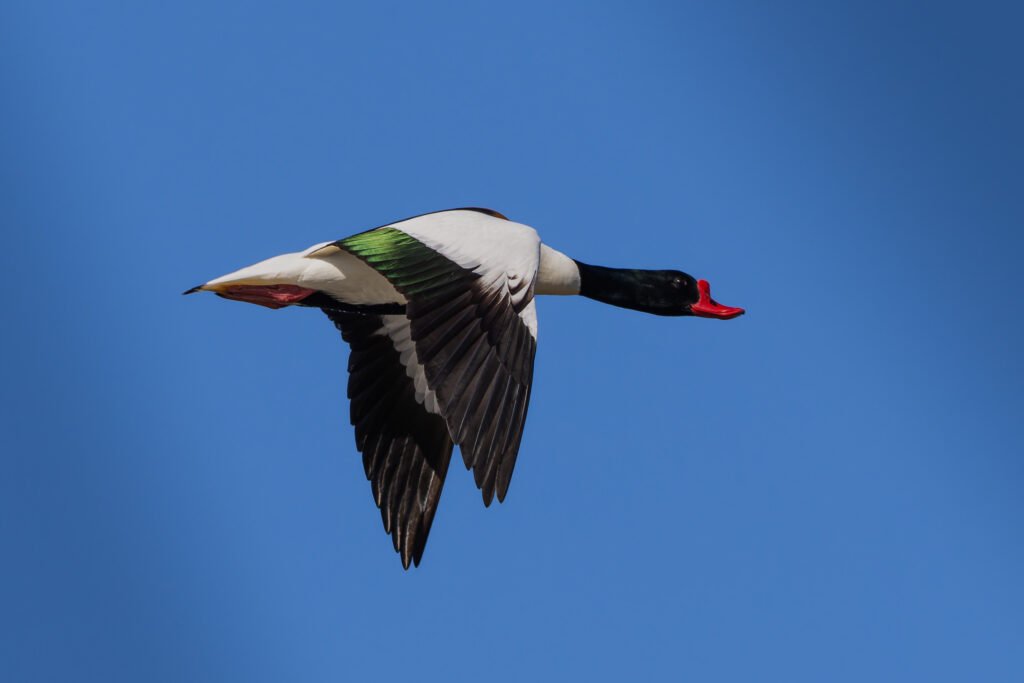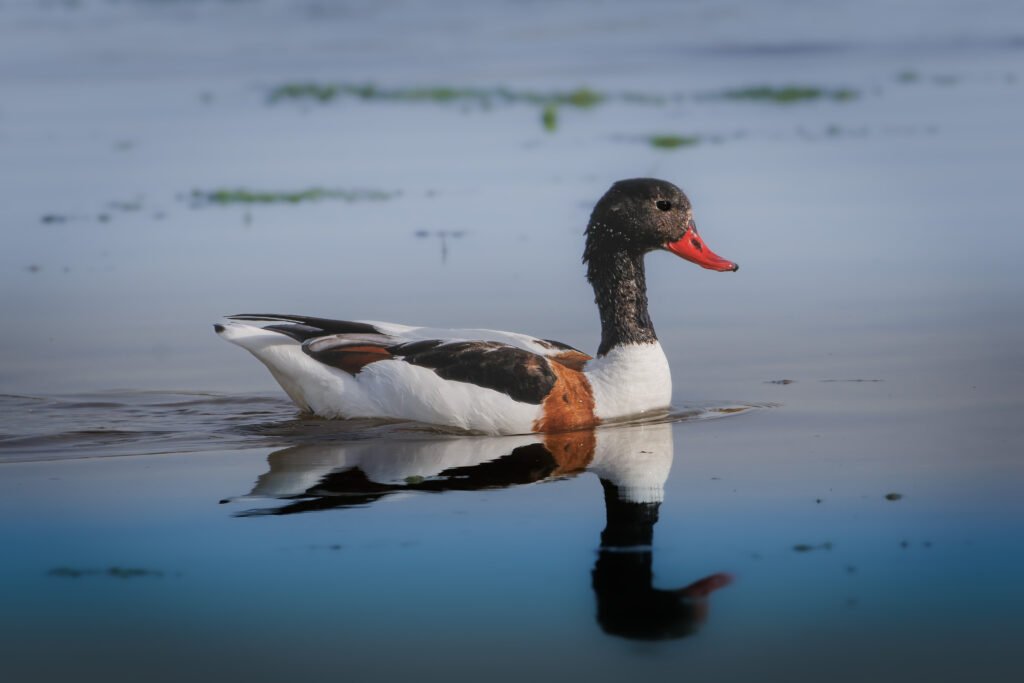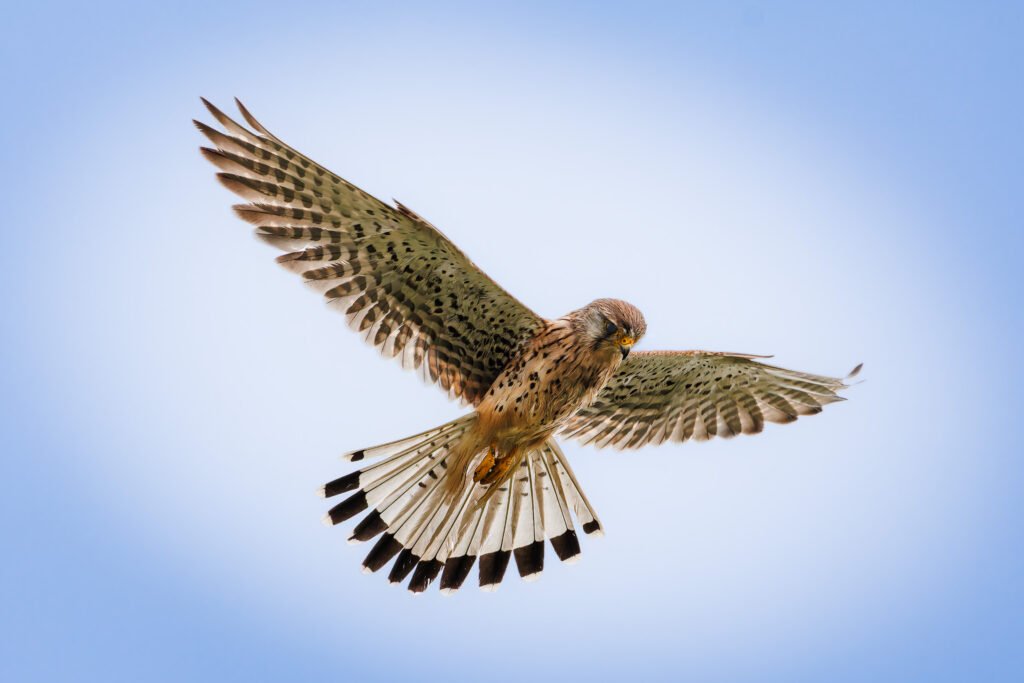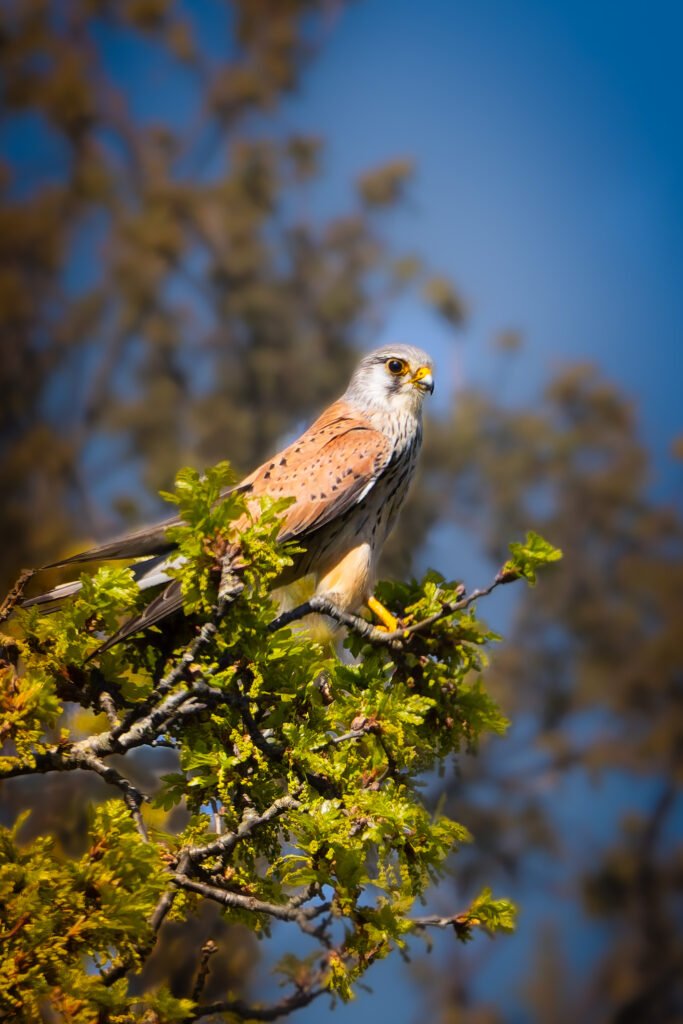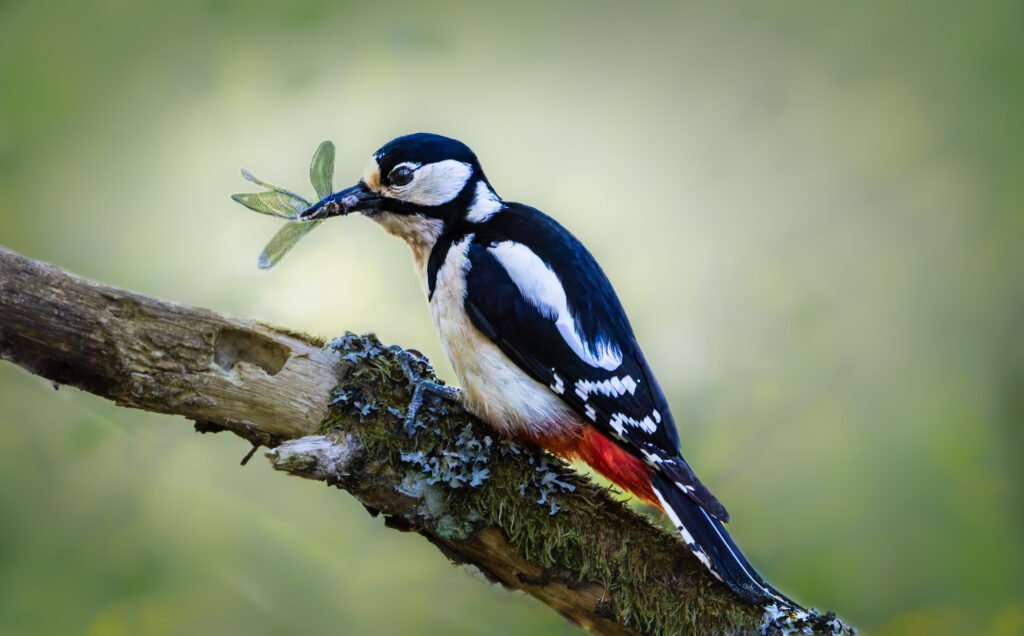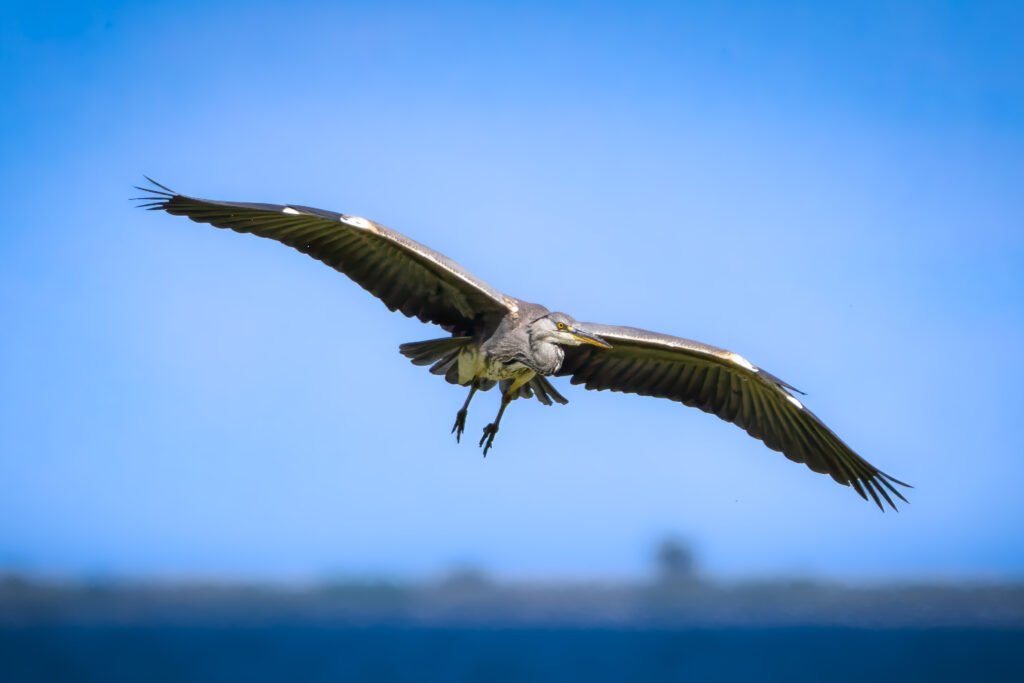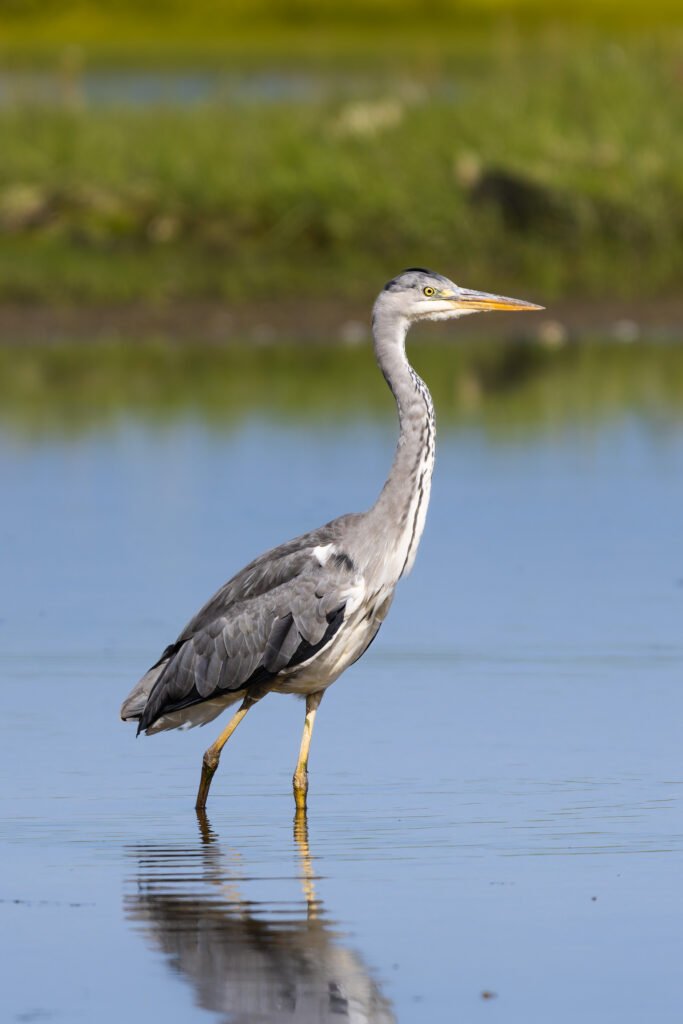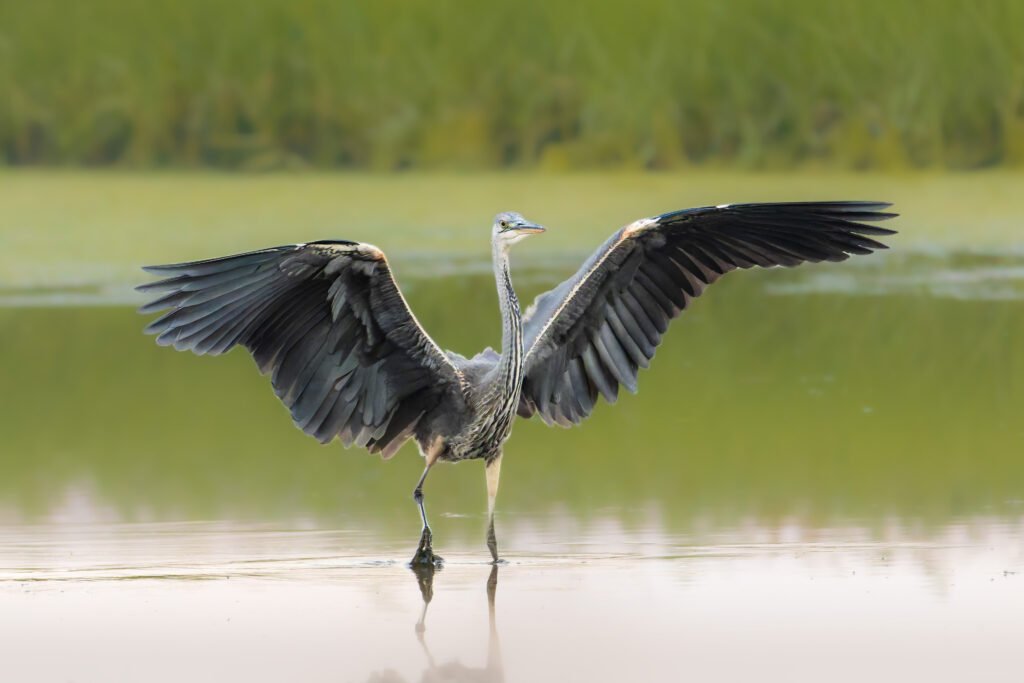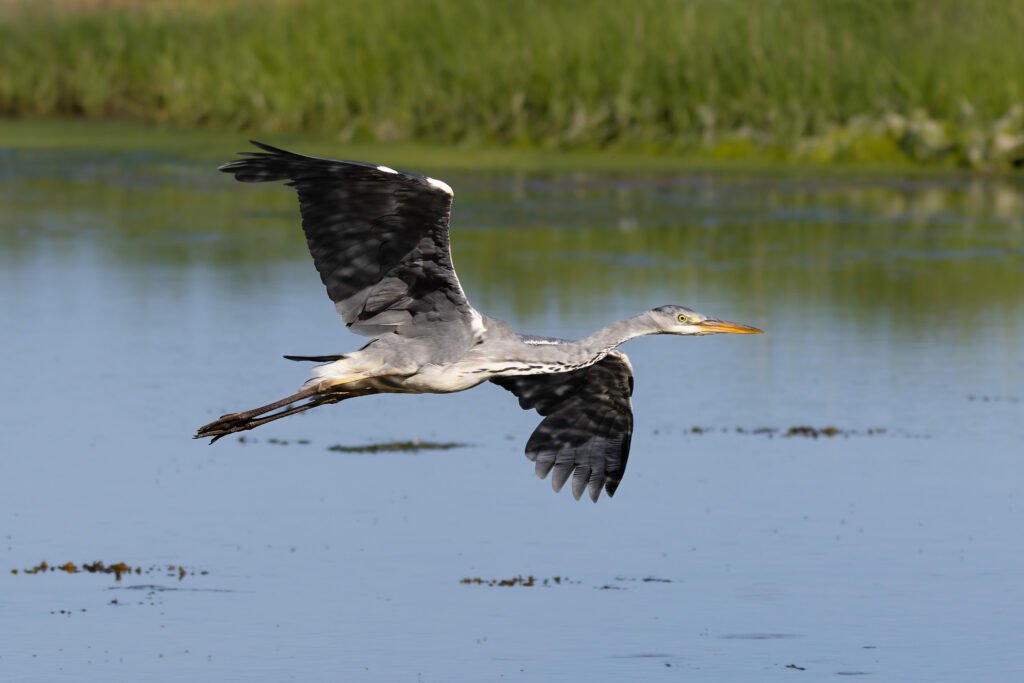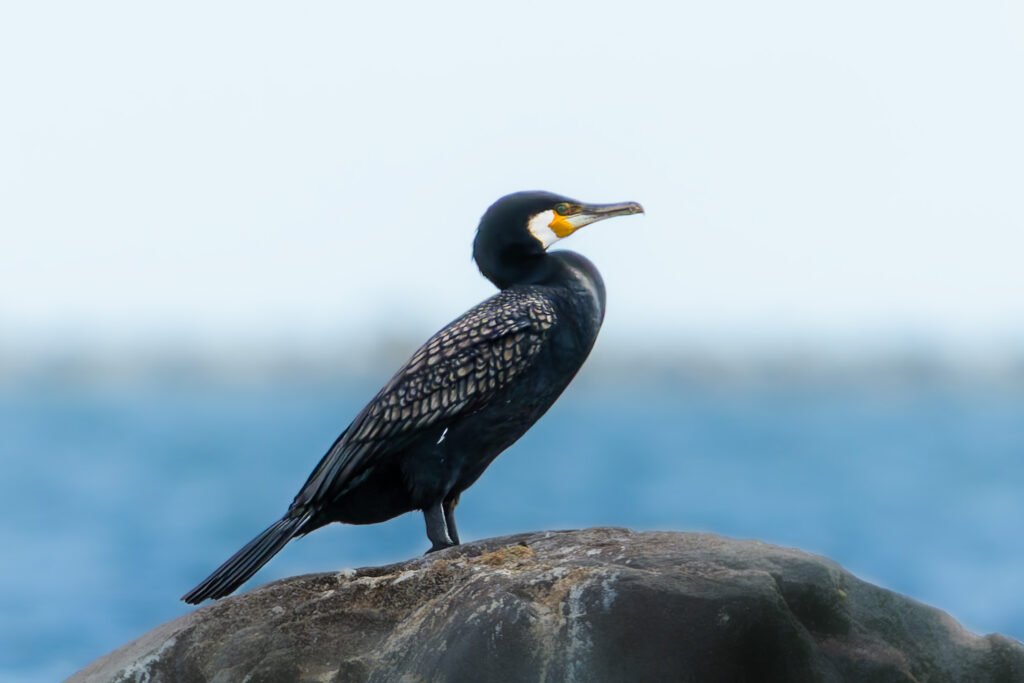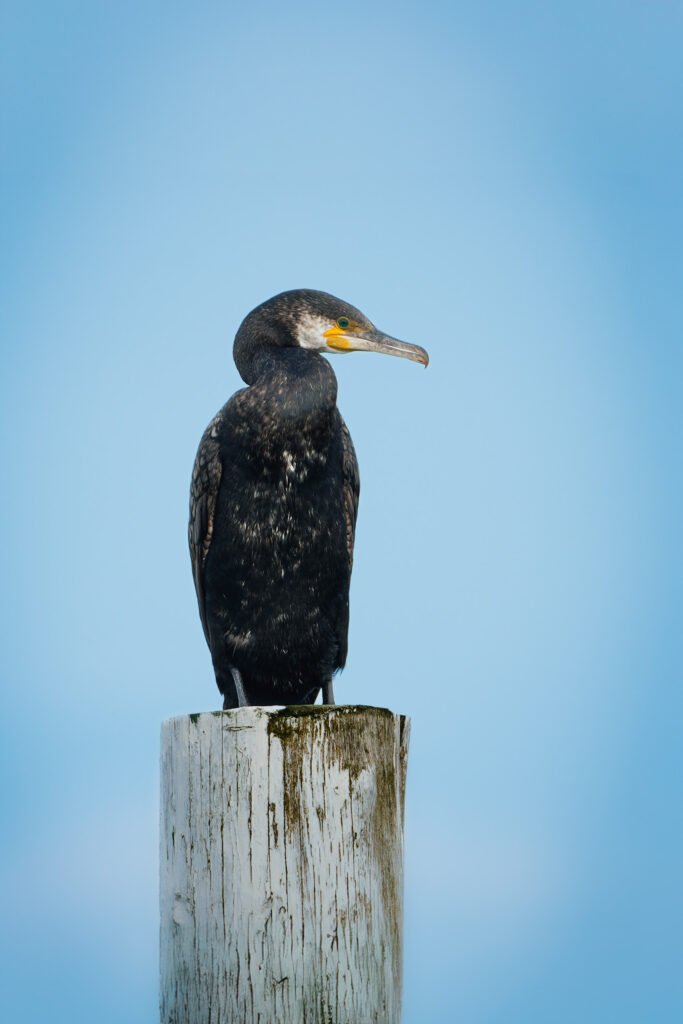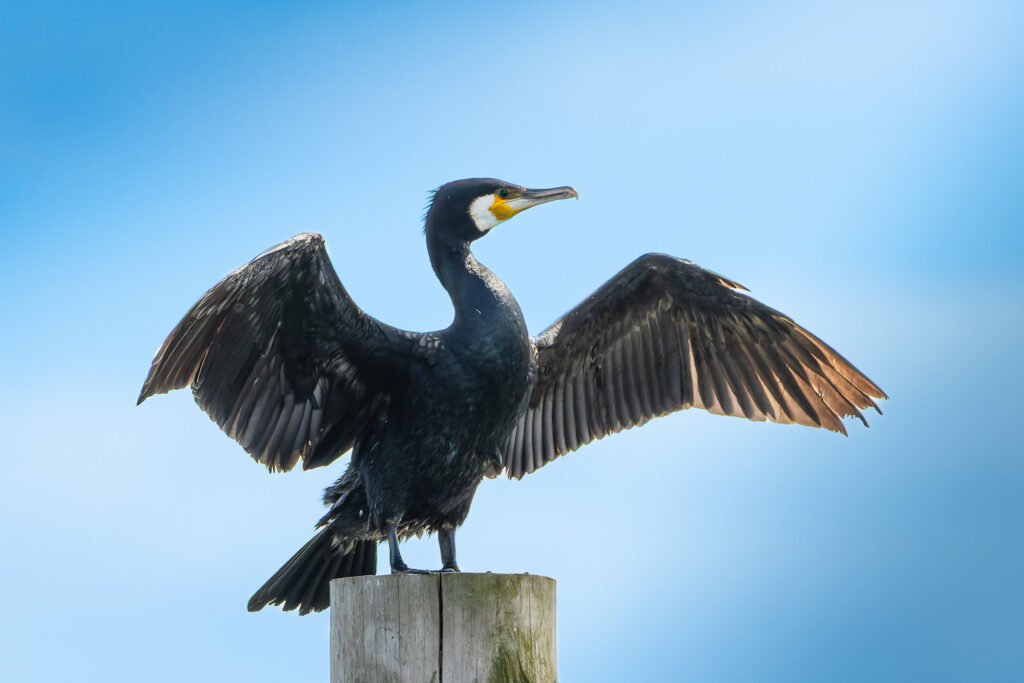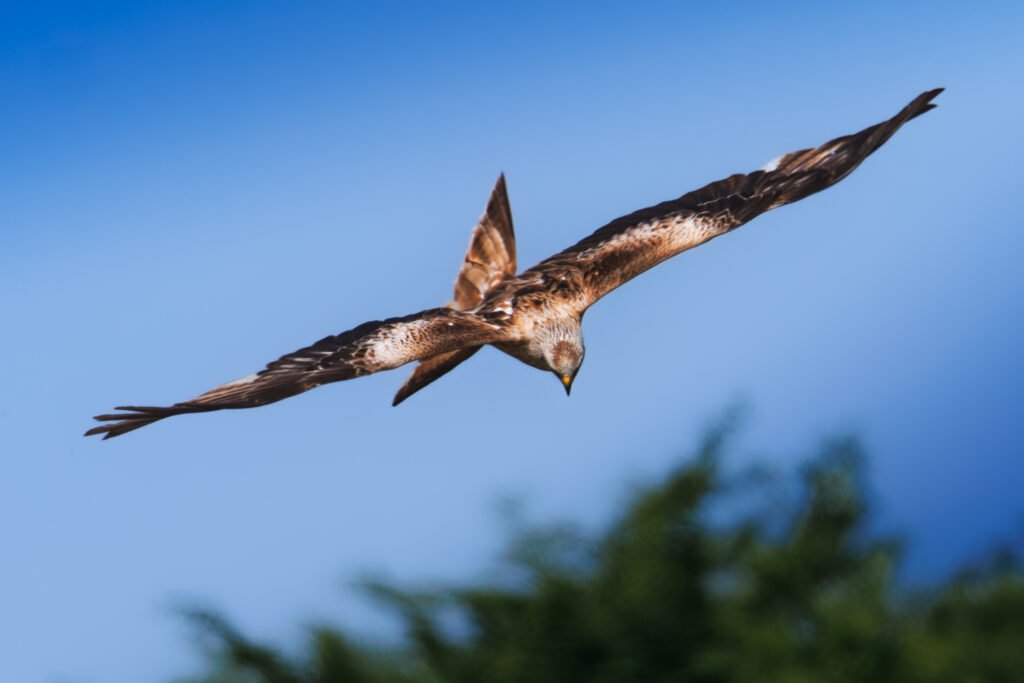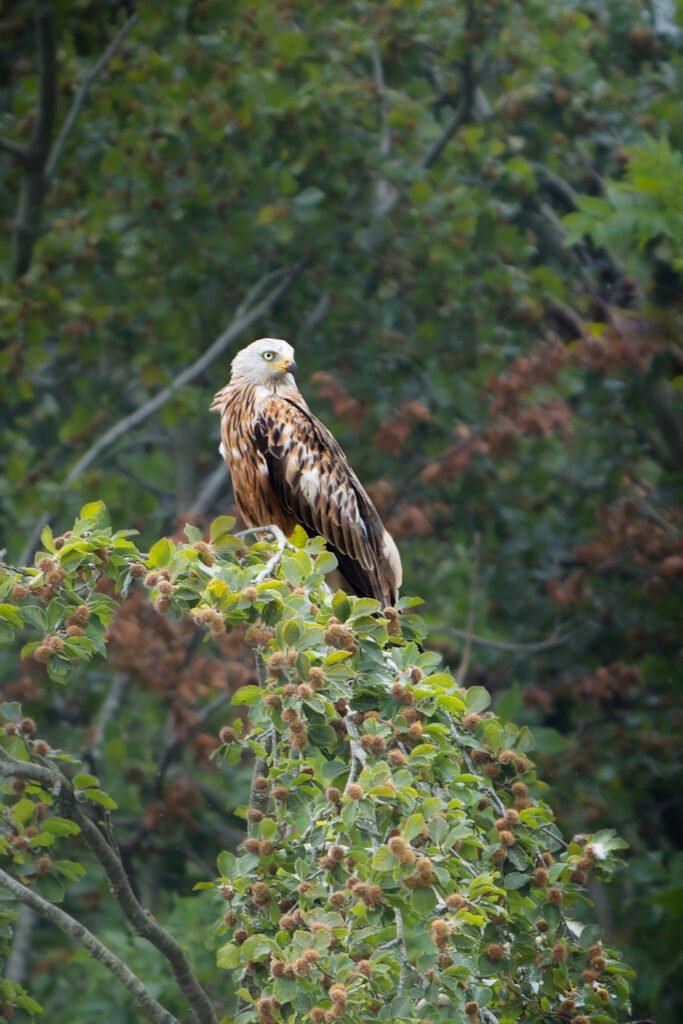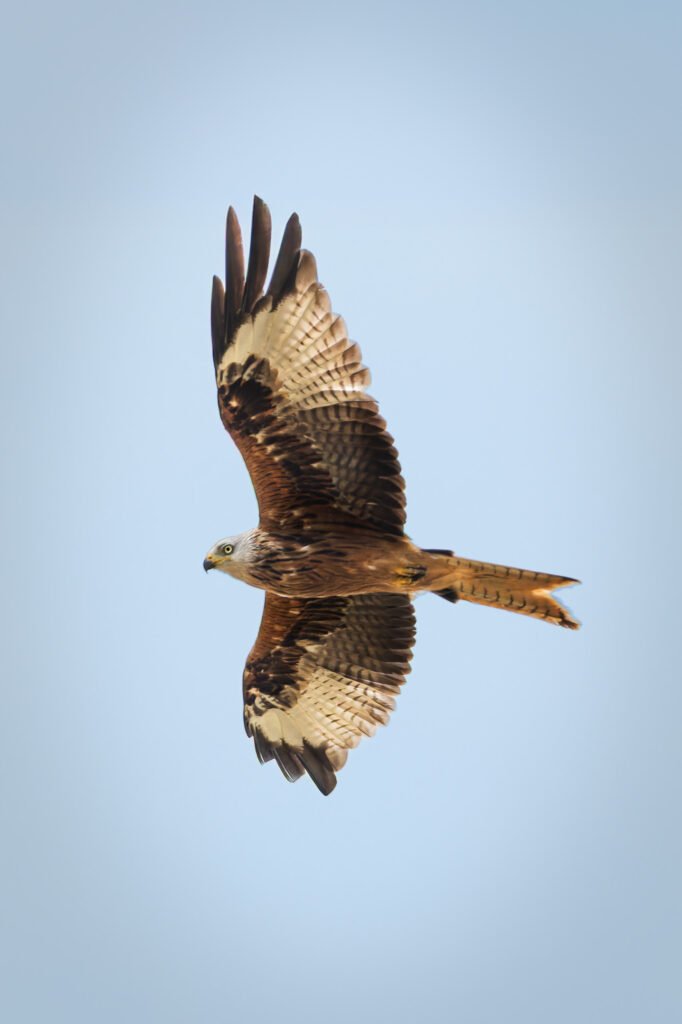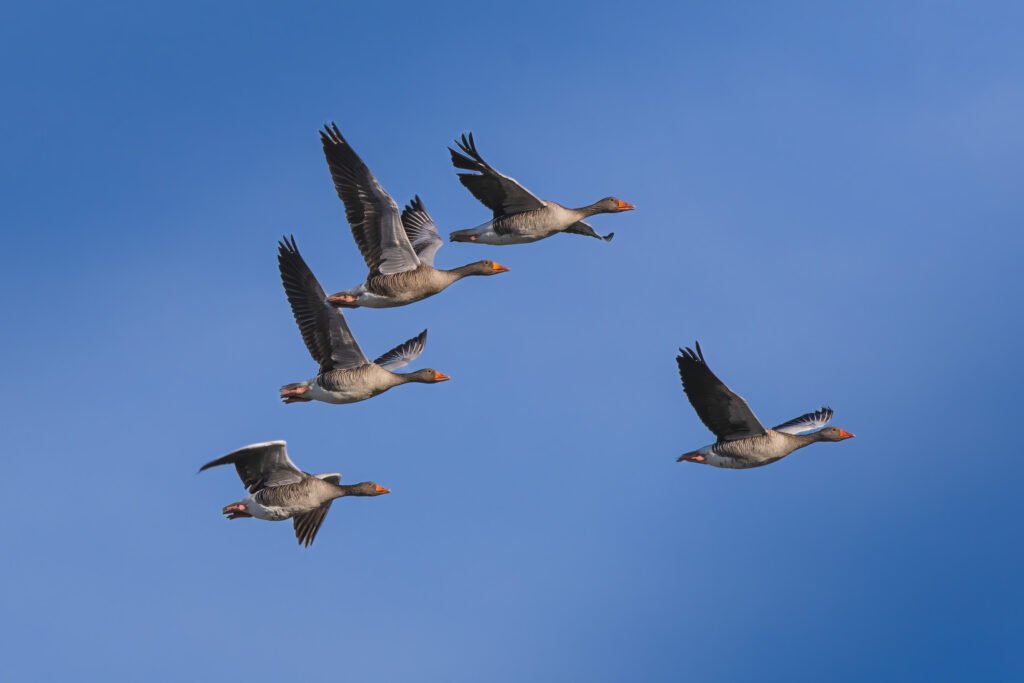

The Greylag Gooze (Grågås) is one of the most common visitors we have in the migratory season. These images where shot early in my ‘career’ with a 100-400mm Tamron lens, and though not technically impressive, I still think they are worthwhile to include since it is such a handsome bird 🙂
Flaps? Check! Tail Feather Brakes? Check! Landing Gear? Check! I
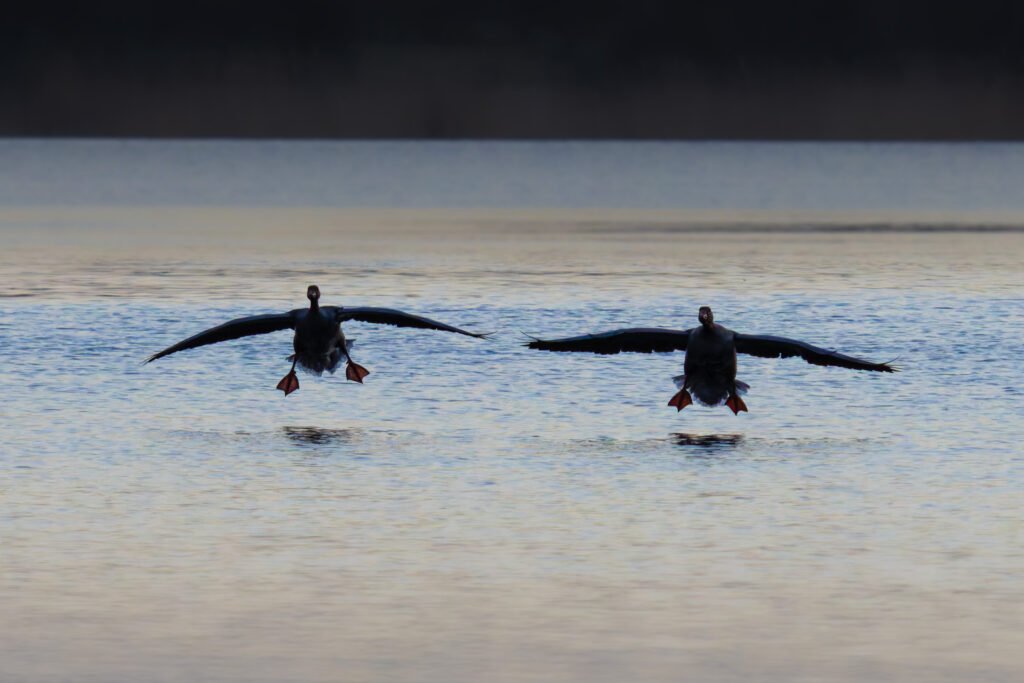
I caught the image above a very early morning at ‘Klostermølle’. Again not a technical masterpiece, the sun was barely out so there was very little light to work with, but I think it illustrates quite well how this bird can both be an elegant aviator and dumpy at the same time 😉
The couple on the right where taken at the field just west of Hou Beach. I often see many migratory birds gather here while foresting.
